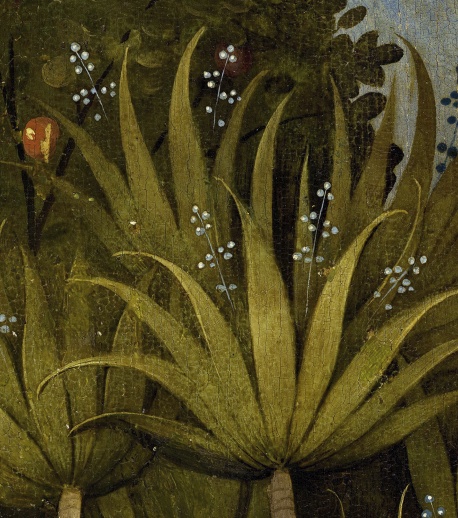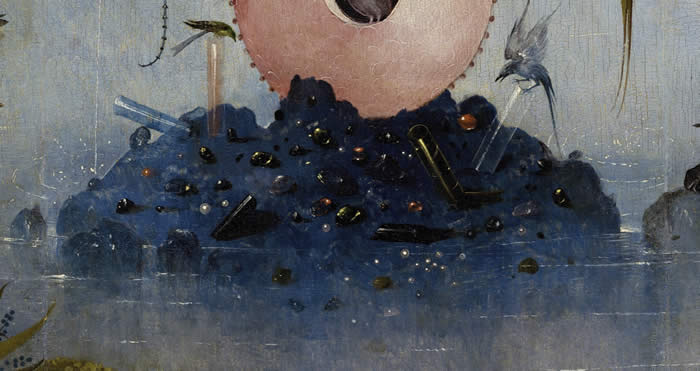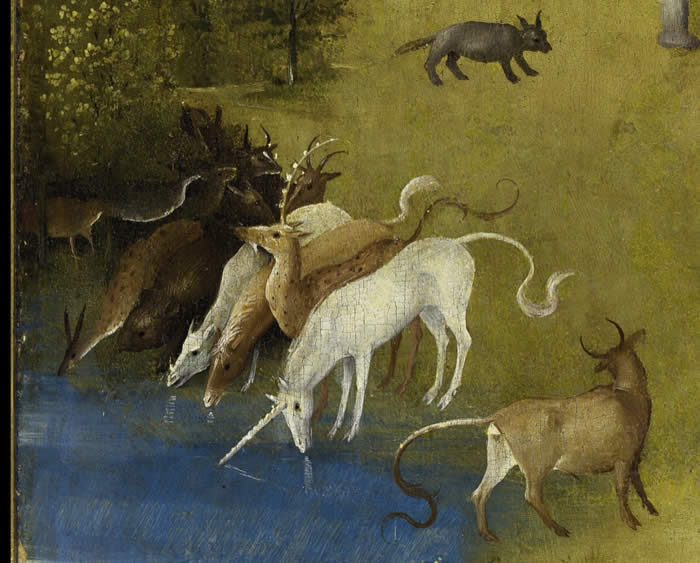
Swedenborg's Correspondences
Swedenborg was shown, through divine inspiration, that every manifestation of material reality was a reflection, or correspondence, of Heaven — a property whose origin was in Heaven, and emanated from it, finding its expression in the material through the inflow of the divine. For those who correctly understand it, this is identical to Ibn 'Arabi's understanding of the meaning of the names of God.
"The inflow of heaven is into the functions and uses of these members, and since the uses originate in the spiritual world, they take form by means of elements characteristic of the natural world and thus make themselves known in their effects. This is the origin of correspondence"
- Heaven and Hell, page 137

The correspondence between things heavenly and earthly directly inform the three kingdoms studied by the sciences.
" All earthly things are differentiated into three classes that we call "kingdoms," namely the animal kingdom, the vegetable kingdom, and the mineral kingdom. Members of the animal kingdom are correspondences on the first level because they are alive. Members of the vegetable kingdom or correspondences on the second level because they merely grow. Members of the mineral kingdom or correspondences on the third level because they neither live nor grow... in a word, absolutely, everything in nature, from the smallest to the greatest, is a correspondence. The reason correspondences occurs at the natural world, including everything in it, arises and is sustained from the spiritual world, and both worlds come from the divine. We say that it also is sustained because everything is sustained from that which it arose, enduring being in fact a perpetual arising..."
- Heaven and Hell, page 140
The entire painting of The Garden is, in fact, an illustration of this principle. Bosch went to extraordinary lengths to show that everything arose and was sustained from the spiritual world, and illustrated the perpetual arising in the central panel, with its endless activity, but in particular using the Tantric circle at the center of the painting to indicate the constant movement of the divine through the natural world, and its influence on it.

A Doremishock resource
Contact
All material copyright 2013 by Lee van Laer. This work may not be reproduced without permission.